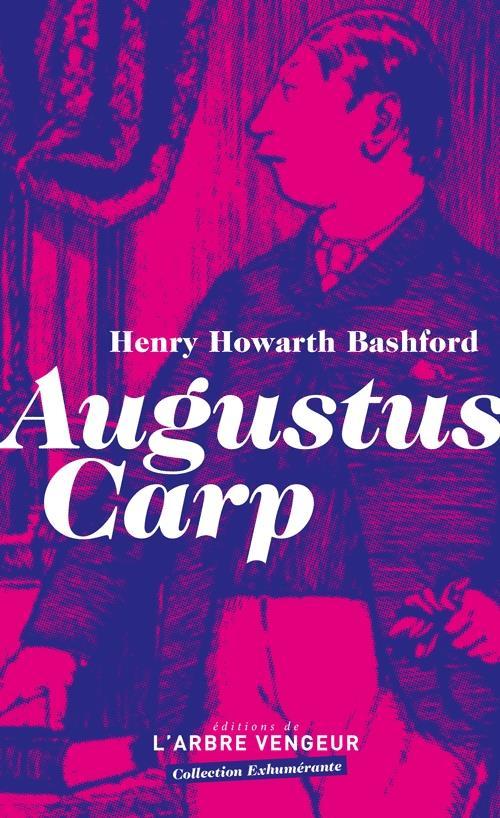Henry VIII in History, Historiography and Literature
Dossiers
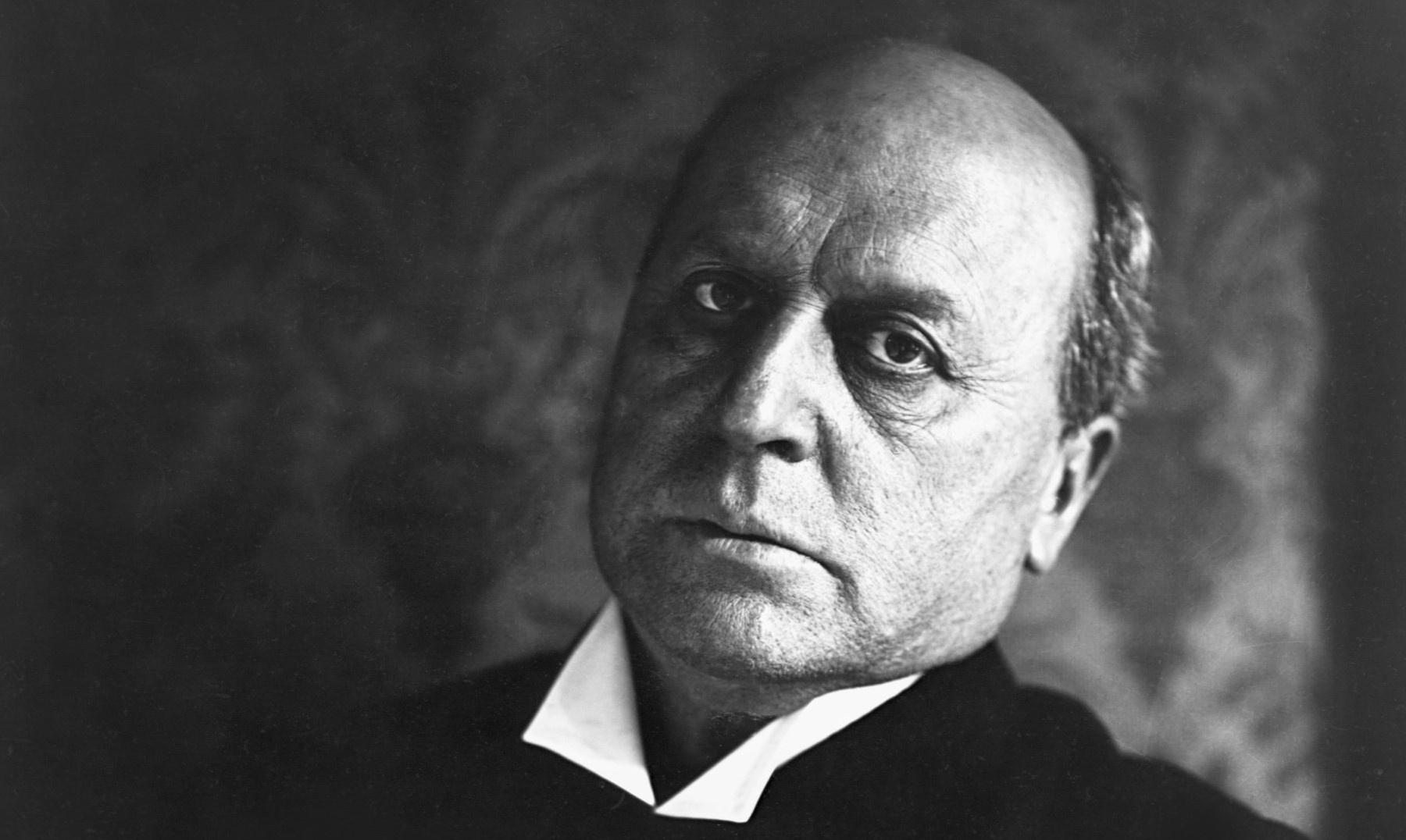
Un titan littéraire : découvrir les livres d'Henry James
Henry James est né le 15 avril 1843 à New York, au sein d'une famille aisée d'intellectuels. Son père, Henry James Sr., était un éminent théologien et philosophe, offrant au jeune James un environnement nourri de débats intellectuels dès son plus jeune âge.

Du féminisme en littérature
« Quelle erreur pour une femme d’attendre que l’homme construise le monde qu’elle veut, au lieu de le créer elle-même. » Cette phrase d’Anaïs Nin prend toute son ampleur en littérature, où après des siècles où les grands écrivains n’ont parlé qu’à leur semblable du sexe masculin, l’ancien « sexe faible » a aujourd’hui pleinement sa place. Des femmes fortes, sensibles, engagées et/ou artistes, qui font vibrer leurs voix singulières et caractéristiques.
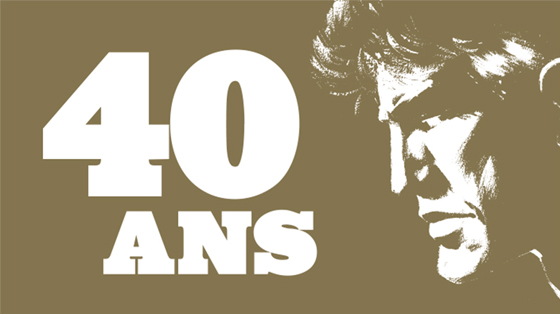
XIII : 40 années d'amnésie
Cette année marque le 40e anniversaire de XIII, le célèbre amnésique du neuvième art, dont les aventures ont vendu près de 20 millions d'exemplaires. Créé par Jean Van Hamme et illustré par William Vance, XIII est un personnage qui nous emporte entre espionnage, guerilla et secrets d'État dans des aventures pleines de rebondissements.
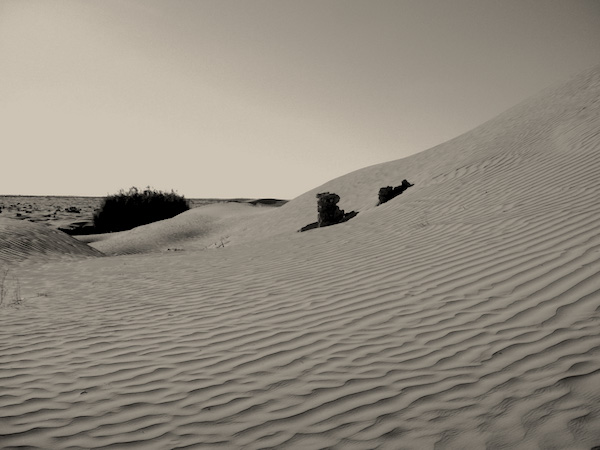
Les Ensablés : Survivre en littérature
"Les Ensablés, survivre en littérature" est un blog créé en 2010 et depuis intégré pleinement chez Actualitté.com. Chaque semaine, des écrivains ou des amateurs de littérature présentent le roman d'un écrivain français dit "ensablé", autrement "oublié" ou carrément disparu.

Le livre numérique fête ses 50 ans : un anniversaire, tout en histoire
Certains membres du Projet Gutenberg, célèbre plateforme dédiée à la préservation d'ouvrages du domaine public, ont décidé de sortir les bougies. L'ebook célèbre ses 50 années – né en 1971 ! – qu'il n'a effectivement pas l'air d'avoir. Si le grand public l'a découvert avec les premières liseuses, ActuaLitté, en partenariat avec ces passionnés, retrace une histoire de l'ebook. Un dossier exceptionnel.
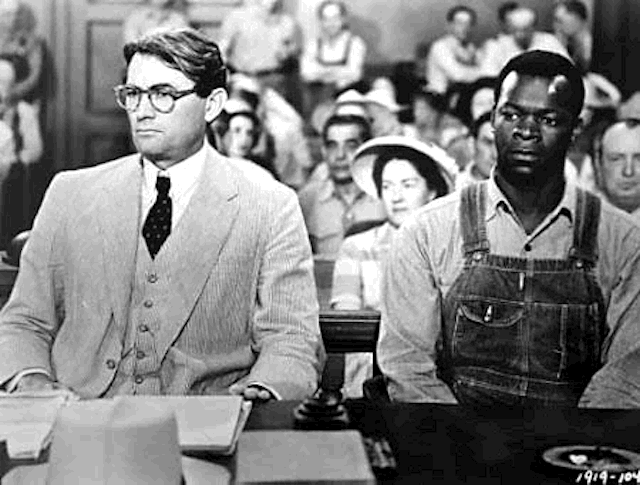
L'oiseau moqueur de Harper Lee, un chef d'oeuvre à la peau dure
L’histoire que raconte Jean Louise Finch, alors âgée de six ans, est devenue l’un des plus grands classiques de la littérature américaine. To Kill a Mockingbird, prix Pulitzer Littérature 1961, un an après sa sortie, est réputé pour son humour et sa chaleur, alors qu’il traite de viol et d’inégalité raciale.
Extraits
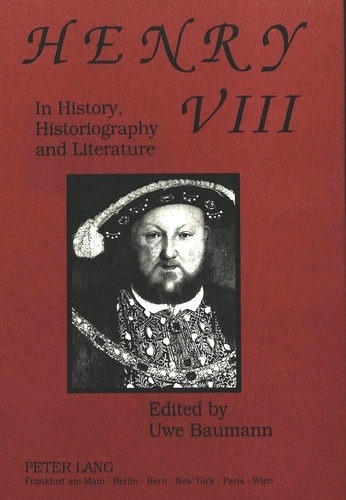
Non classé
Henry VIII in History, Historiography and Literature
01/1993

Histoire et Philosophiesophie
SCIENCE AND TECHNOLOGY IN WORLD HISTORY. An introduction
01/1999

Histoire de l'art
A History of Arcadia in Art and Literature: Volume II. Later Renaissance, Baroque and Neoclassicism
01/2022
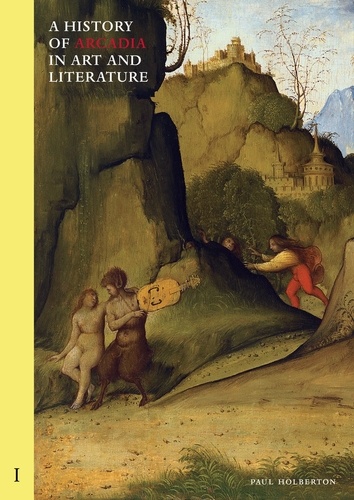
Histoire de l'art
A History of Arcadia in Art and Literature: Volume I. Earlier Renaissance
01/2022

Histoire internationale
Henri VIII
03/1989
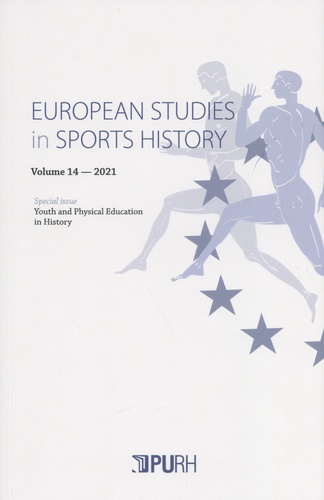
Histoire du sport
European Studies in Sports History N° 14/2024 : Youth and Physical Education in History
01/2024

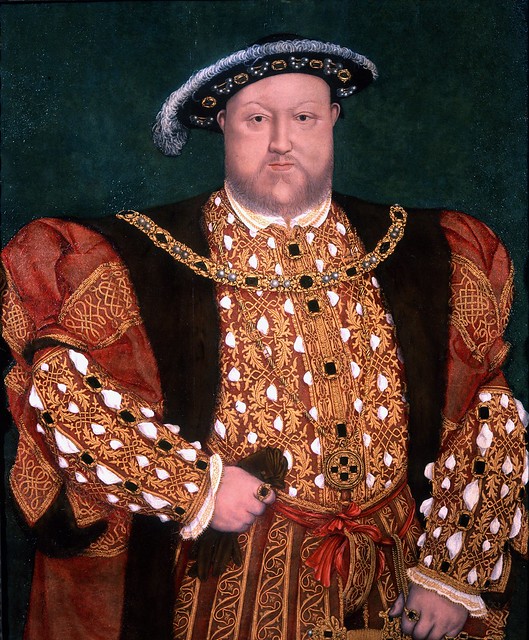

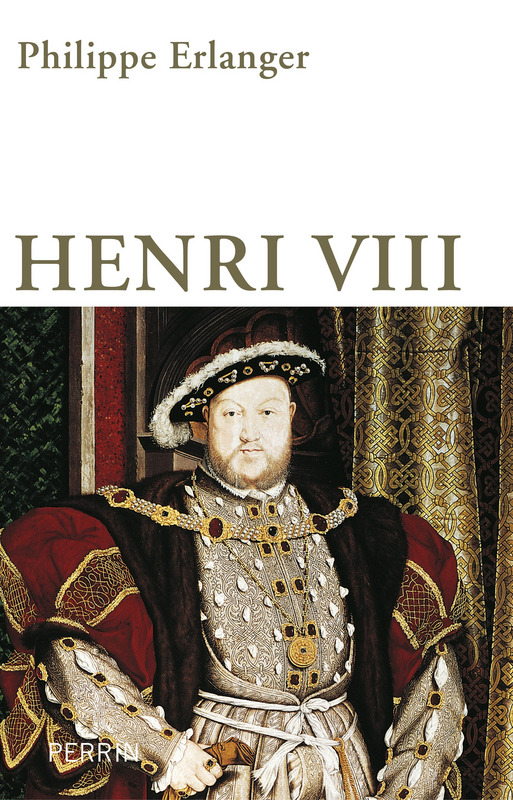
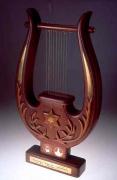

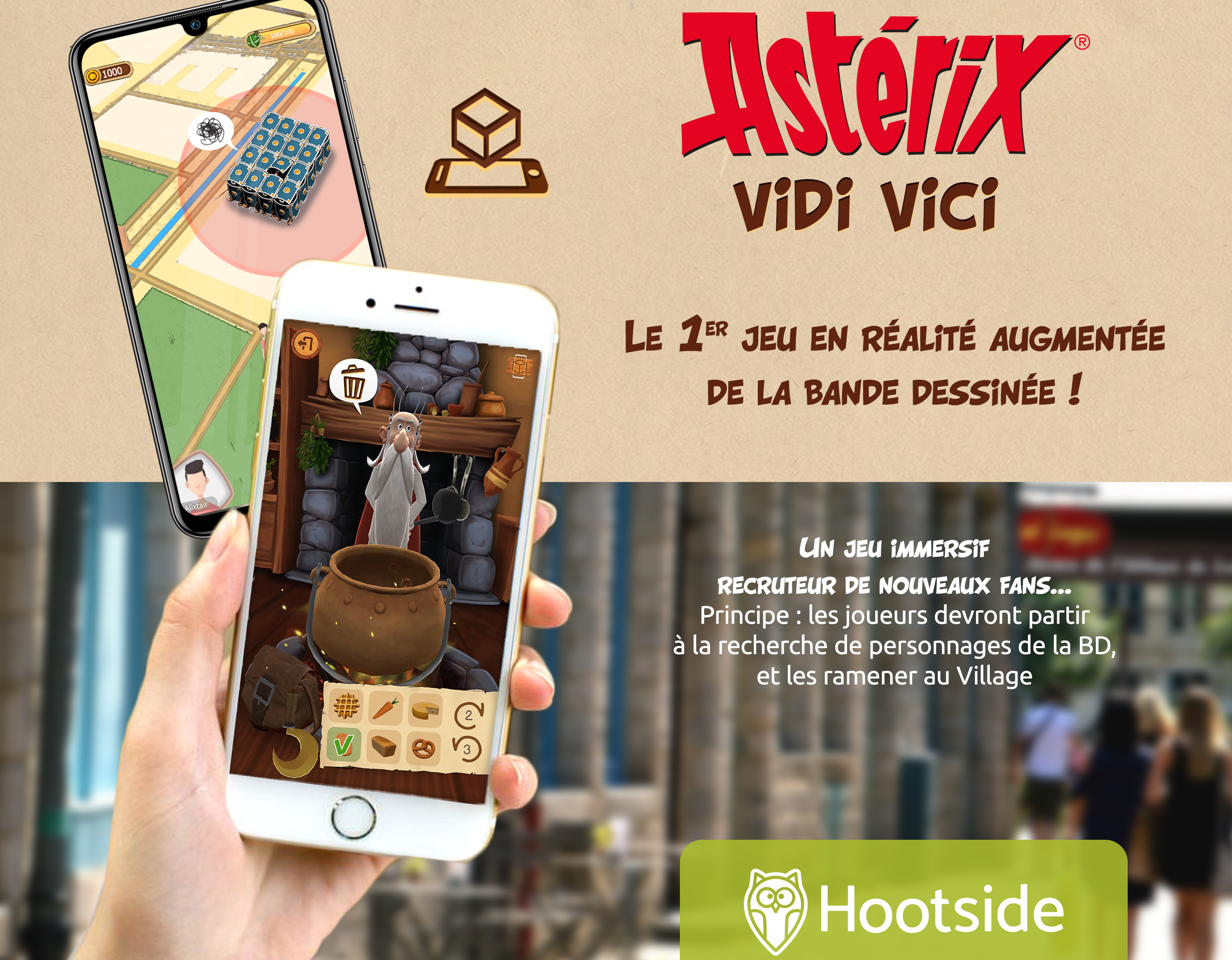

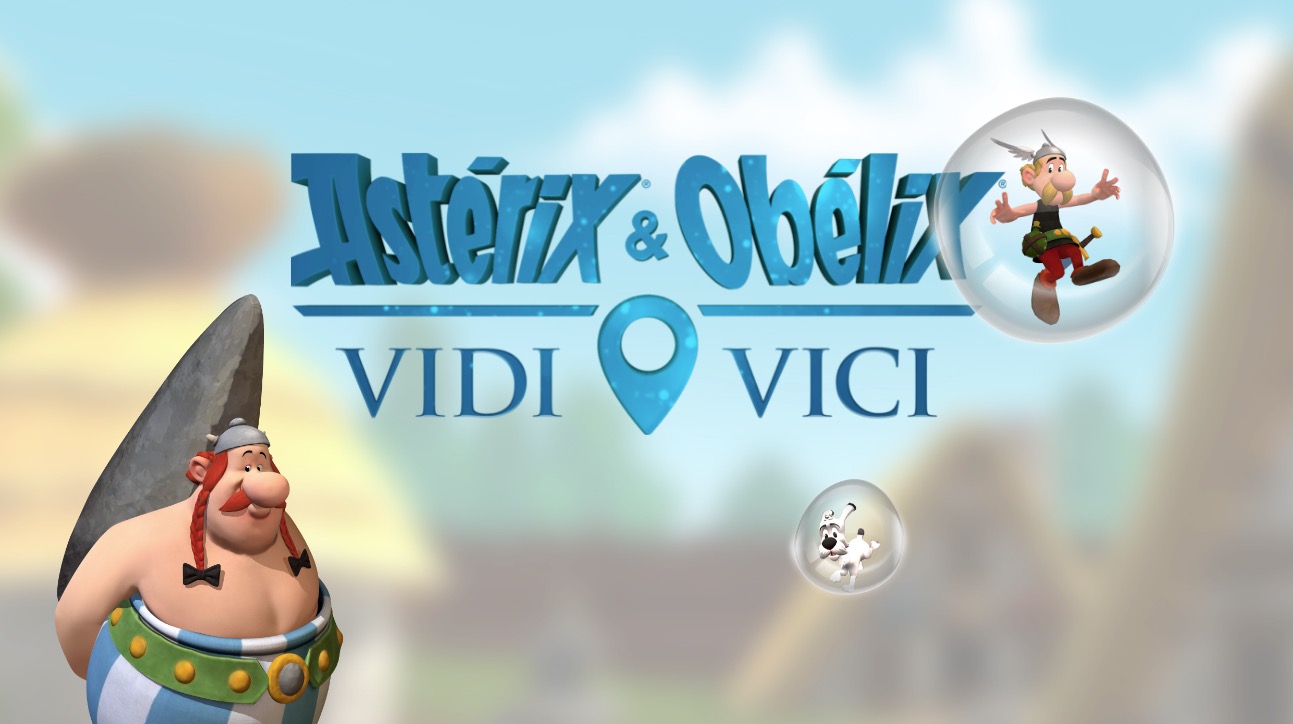
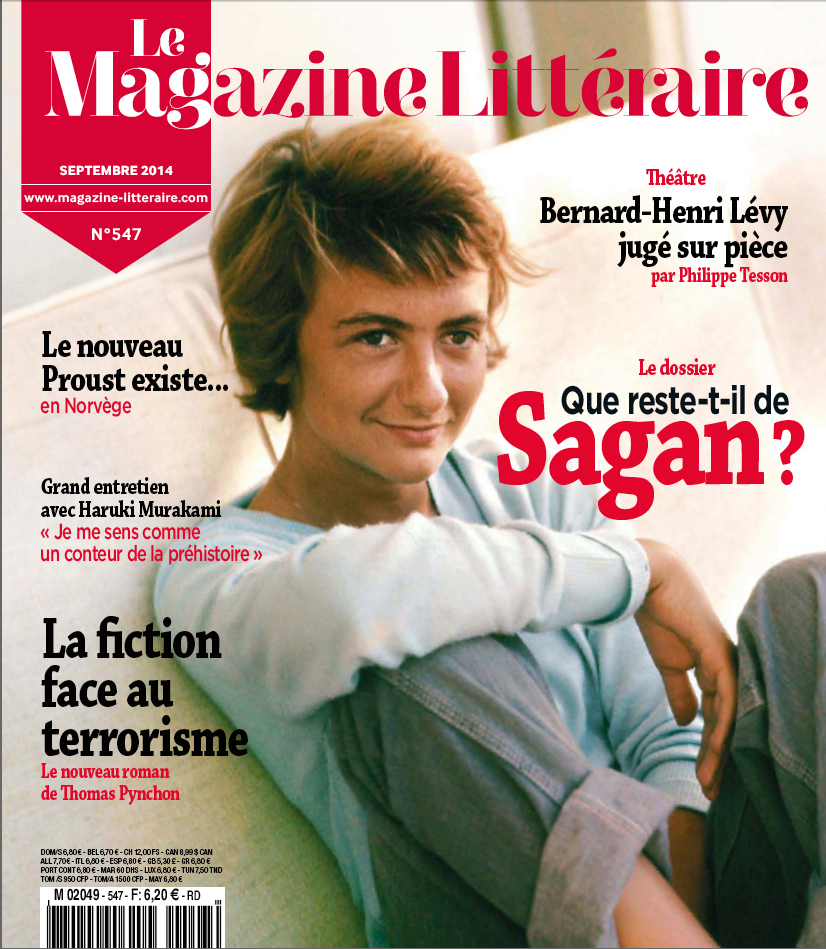





-770fe1ae-1279-4bff-8389-b7e0456d7f0b.jpg)

